Hampstead Heath: How the 'lungs of the metropolis' remained unblackened
- Published

The Hampstead Heath Act of 1871 set out how the land should be managed, decreeing that it must be preserved in its natural state and not be "manicured"
Hampstead Heath, a tranquil piece of countryside in the vast sprawl of London, has long been one of the capital's most cherished public spaces.
Popular with swimmers, nature lovers and many an author - CS Lewis is said to have been inspired to write The Lion, the Witch and the Wardrobe while walking there on a snowy day - the land was granted protected status 150 years ago.
Passed on 29 June 1871, the Hampstead Heath Act enshrined in law that the 800 acres would be preserved as an open space for all to enjoy. It is not only the land that is protected but also the view: by law, you must be able to see St Paul's Cathedral and Westminster, external from a specific spot on Parliament Hill.
It could all have been very different, though. Victorian-era baronet Sir Thomas Maryon Wilson waged a long and sometimes bitter campaign against powerful neighbours to win the right to build on Hampstead Heath, land that he owned. How close did London come to losing the heath?
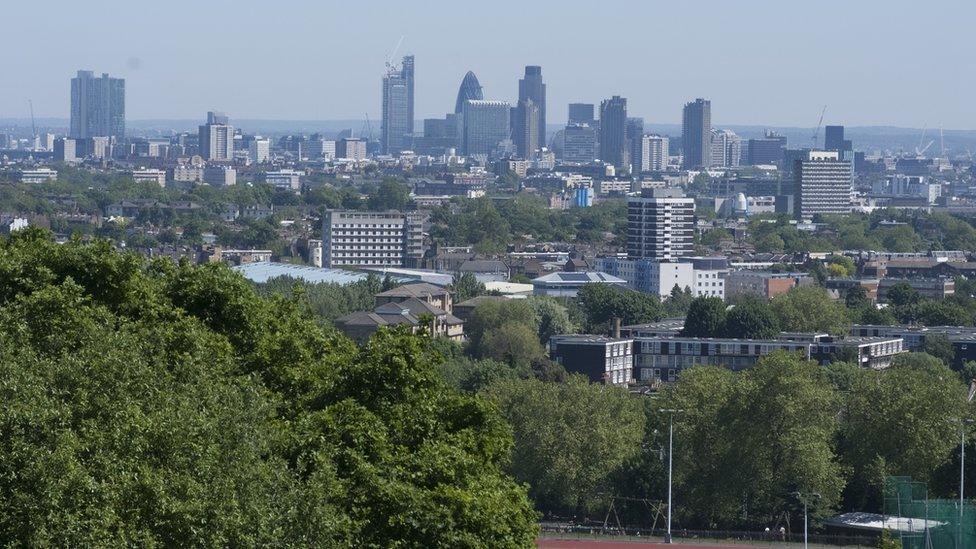
The London metropolis as seen from Parliament Hill, in the south-east corner of Hampstead Heath
Sir Thomas, who inherited Hampstead Heath on the death of his father in 1821, faced fierce opposition to his building plans from MPs and peers.
In an era when the smoke-belching chimneys of the industrial age were found across the city, less affluent Londoners who wanted to enjoy a public space free from pollution - which was much, much worse in the 1800s than it is today, external - were also against his scheme.

CS Lewis is said to have come up with the idea for The Lion, The Witch and the Wardrobe while walking through a snowy Hampstead Heath
Sir Thomas had inherited the land as a tenant, meaning he was not able to hold building leases. He would have to go to Parliament to secure permission to develop the heath.
John Beyer, from the Heath & Hampstead Society, said the disagreement between Sir Thomas and his foes went on for about 40 years with "battles in Parliament, battles in court".
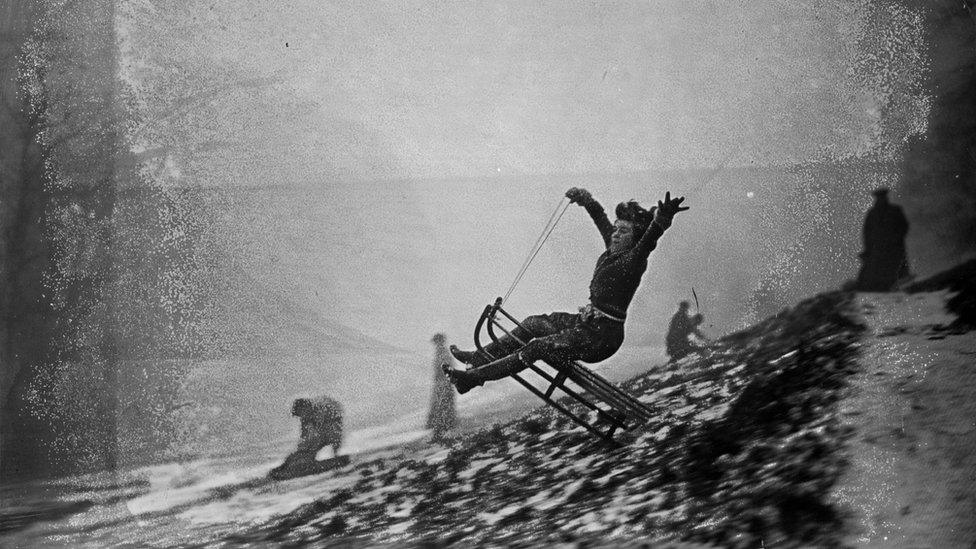
When the snow starts to fall, Londoners still head to the heath just as these tobogganers did in 1937
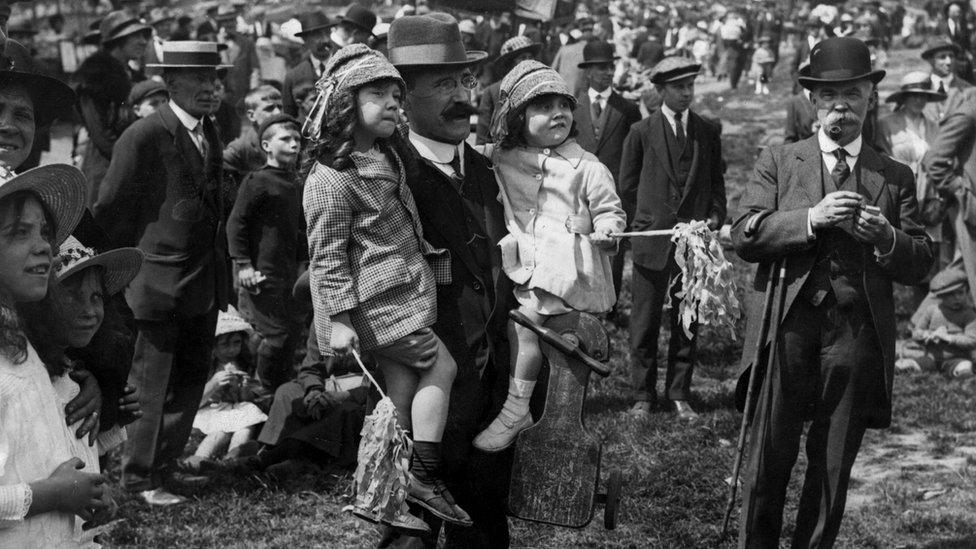
Fashions may have changed but shows on the heath continue to attract crowds
Sir Thomas filed numerous "private estate bills", all of which were rejected in Parliament either by MPs or Lord Mansfield, the owner of Kenwood House, external, who did not want his view spoiled by rows of houses.
It was during a debate on the issue that Hampstead Heath was described as the "lungs of the metropolis", in recognition of its importance for public health.

Brrrrrrr! Regulars of the Ladies' Pond, pictured in 1935, brace themselves to dive into the icy water

Three of Hampstead Heath's 25 ponds are used for swimming and remain popular
Sir Thomas was further thwarted by the Leases and Sales of Settled Estates Act of 1856. The legislation allowed landowners to alter the terms of wills and settlements rather than seek individual private acts, but it contained a clause that specifically excluded him.
In Parliament, MP Richard Malins outlined Sir Thomas's problem, external: "Nothing could be more unjust than that Sir Thomas Wilson, merely because he had an estate in a very agreeable situation, should be deprived of the power over it which all other owners of land were to be permitted to exercise."
It was "an attempt, aided by a newspaper cry, to obtain Sir Thomas Wilson's property with or without his consent", Norwich MP Edward Warner told the Commons.
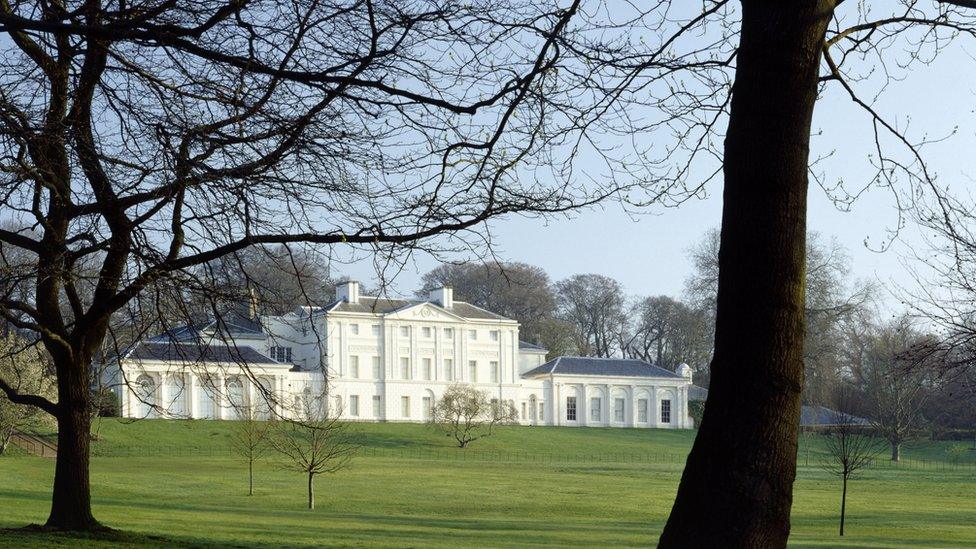
Kenwood House was bequeathed to the nation in 1927
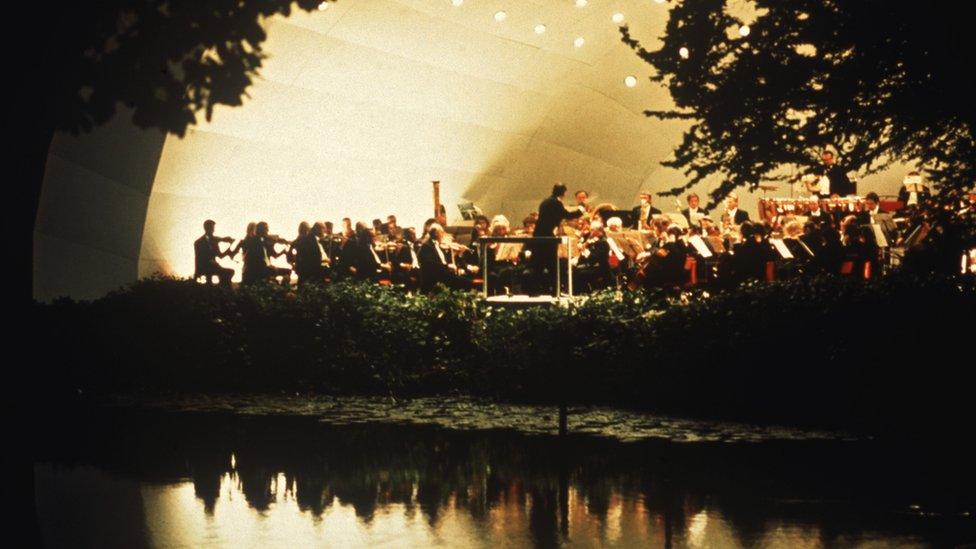
The debate about whether to amend the act, external did not change Sir Thomas's circumstances - although if he'd had a legitimate son over the age of 21, the pair of them could by law have gained full control of the freehold of the heath.
When Sir Thomas, a bachelor, died in 1869 the land and his baronetcy passed on to his brother Sir John Maryon Wilson. With his son, Spencer, Sir John started to negotiate the sale of the hundreds of acres to the Metropolitan Board of Works, which was the principal instrument of London-wide government at the time.
The land was purchased for £47,000 in 1871. Its acquisition was seen as a resounding triumph for the open spaces lobby, although according to the Oxford Dictionary of National Biography the heath survived mainly because Sir Thomas never married, external. It said the outcome "owed very little either to the frustration of Sir Thomas's attempted villainy or to the supposed generosity of Sir John and Sir Spencer Wilson", contrary to public opinion at the time.
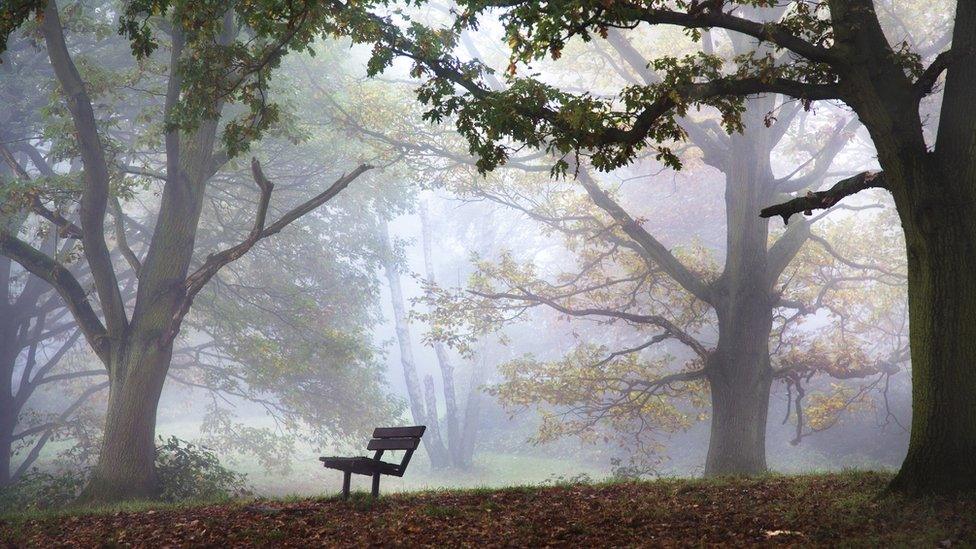
The area features in many novels and films, including Bram Stoker's Dracula - partly because of the views but also because so many authors have lived nearby
It was on Hampstead Heath that John Keats pondered the beauty of nature, nightingale song and mortality. The poet died in 1821, the year Sir Thomas inherited the land. Without its preservation, might Bram Stoker's Dracula have had a different plot, external?
Another author, Zadie Smith, perhaps best sums up the essence of Hampstead Heath, in her novel On Beauty.
"A sprawling north London parkland, composed of oaks, willows and chestnuts, yews and sycamores, the beech and the birch; that encompasses the city's highest point and spreads far beyond it; that is so well planted it feels unplanned... with tickling bush grass to hide teenage lovers and joint smokers, broad oaks for brave men to kiss against, mown meadows for summer ball games, hills for kites, ponds for hippies, an icy lido for old men with strong constitutions".

All photos subject to copyright
Related topics
- Published1 July 2021

- Published23 August 2019

- Published25 May 2019

- Published18 June 2018
